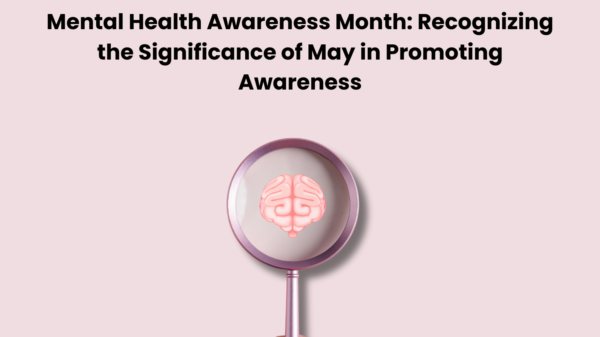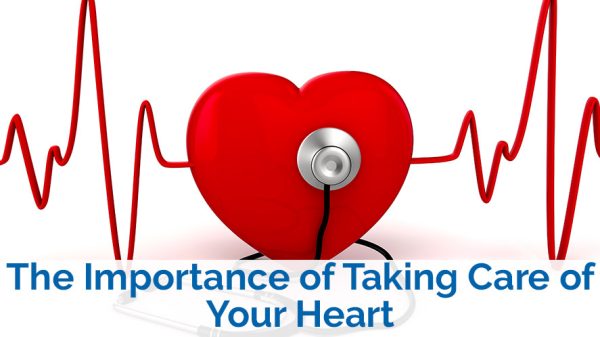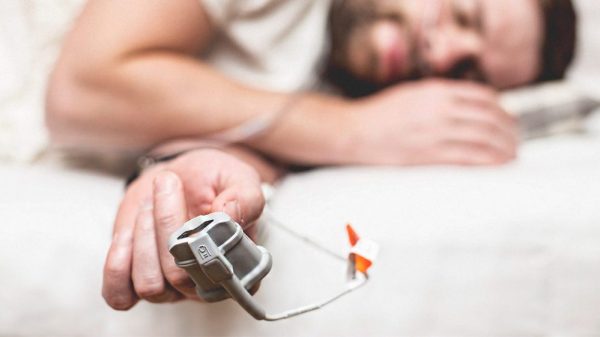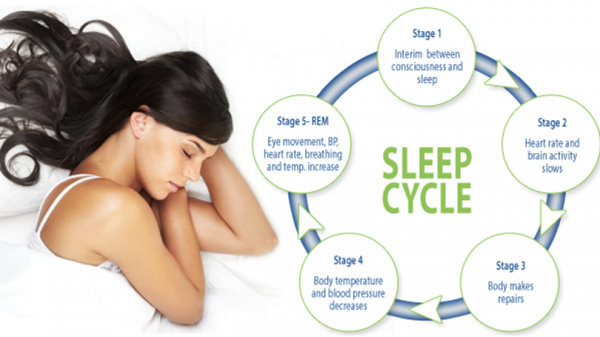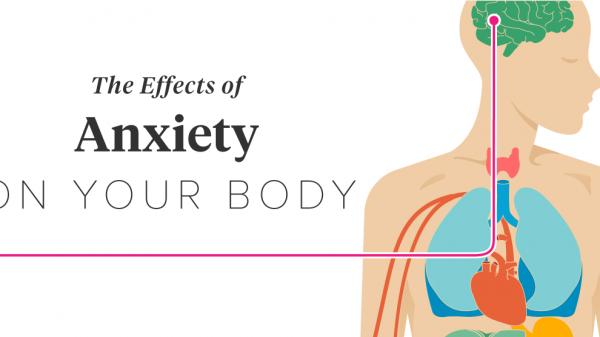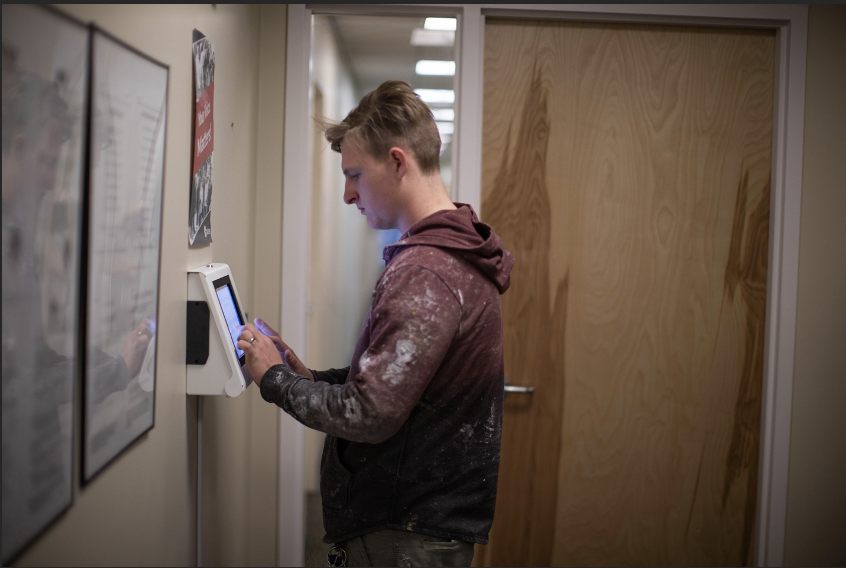When you run an organization that serves vulnerable populations such as the homeless, the elderly or refugees, you have a huge positive impact on the community. Nevertheless, most organizations of this kind have limited resources so they can’t always do everything they want to do for the community. For this reason, it’s important to find out how the people you serve feel about your services. This way, you can understand what services truly matter to them and capitalize on those services.
The problem with asking for feedback is that most people worry that if they critique you, you will retaliate in some way. Critiquing doesn’t have to be blatant negative feedback. Many people worry that even their suggestions of how you can improve your services could be taken the wrong way. This is especially the case among vulnerable populations who are normally scared of potentially losing access to the services they get from an organization after sharing negative feedback.
While an organization with genuine intentions would never dream of denying someone services for their feedback, it has been known to happen. In reality, people hesitate to offer feedback when they know it’ll be traced back to them and potentially result in retaliation from the organization they’ve reviewed. As a result, organizations that truly care about what their communities have to say have developed systems that allow for anonymous feedback. One such organization is Pulse For Good, a collection of 6 tech gurus who made it their goal to build a software system that can make the world a better place. Their network of kiosks allows people to give anonymous feedback on services they receive at places such as homeless shelters, women’s shelters, refugee shelters and nursing homes.
The team at Pulse For Good understands that the manual survey method that most organizations use to survey the vulnerable populations that they serve doesn’t work. The reason that these manual surveys are ineffective is because people are unlikely to share their true thoughts when someone else is helping them fill out the survey. Distributing surveys to respondents and then collecting them later on does little to reduce the anxiety of a respondent. After all, a respondent knows that you could easily identify their form if you want to.
How Pulse For Good works
The Pulse For Good kiosks are designed to eliminate the need for someone to walk from community member to community member collecting feedback. Rather, each kiosk is simply mounted on the wall at a specific organization and community members are encouraged to leave feedback at their convenience. With the knowledge that their feedback will be kept anonymous, community members feel more free to share their true feelings as well as suggestions for improvement. On the other hand, that person who would’ve spent hours sitting with community members to help them fill surveys can spend that time on a more meaningful task.
The Pulse For Good kiosks are built to be intuitive enough for people to use without assistance from anyone, so filling surveys is simple and fast.
How Pulse For Good helps organizations
Besides helping you get genuine feedback from the communities you serve, Pulse For Good can help you save the money and time that you would otherwise spend on collecting feedback. While organizations rarely stop to think about the staff hours that go into sending someone out to collect feedback manually, this usually adds up to tens of thousands of dollars. By automating the feedback system, you can ensure that your staff spend this time on more meaningful tasks, such as actually incorporating community feedback into the services you offer.
Pulse For Good also helps to humanize organizations that serve vulnerable populations by giving them a snapshot of the lives of the people they’re helping. When you’re serving vulnerable populations such as the homeless or refugees, it’s very possible to get desensitized to the challenges they face every day. This doesn’t mean you’re a bad person. It’s natural that after watching people struggle with the same problems day after day, you might get a little numb to what they’re suffering through. This is the brain’s way of protecting you from the psychological effects of witnessing so much human suffering. By collecting unbiased data from these vulnerable populations, Pulse For Good highlights aspects of their lives that need improvement. Since it’s hard to look at this data without feeling compassion for the people you’re serving, collecting this feedback also serves to humanize your services some more.
Finally, the data collected by Pulse For Good kiosks can come in very handy at the point where you need to wrangle support from your stakeholders. This is especially important when you need financial support. After all, what better way is there to convince someone that their dollars can make a difference than to show them all the evidence from people asking for that difference? By presenting community feedback to a board of directors or even government officials, you can convince them of your need for additional funding for specific services.
How Pulse For Good is impacting vulnerable populations
It’s true that the Pulse For Good kiosks don’t have the same huma touch as someone walking to you and asking you to fill a survey. Even so, community members who use this system have reported feeling cared for and involved in improving the organizations that serve them.
As one community member shared:
“I was reading through the questions and I realized, hey, I can have some input here. Maybe they’ll do something about what I have to say. And they have. It’s nice to have an input and to know that the staff and directors will get a chance to hear my input and my concerns about what goes on around here. It’s kind of nice to be heard.”
Pulse For Good goes a long way towards helping members of vulnerable populations to feel seen and heard. It gives them a safe space where they can share their thoughts and contribute towards the improvement of services that impact them. This intuitive feedback system also helps organizations to be able to share information about the impact they’re having on the communities they serve with major stakeholders. This information gives stakeholders the confidence that the organization has what it takes to serve the community. The feedback from the community also helps stakeholders to identify areas where they can help the organization to do better for the people they serve.
While Pulse For Good is built on a network of machines, it humanizes the organizations that use it by giving them a snapshot into the lives of their community members. As someone who serves a vulnerable population every day, it’s easy to get desensitized to their struggles, but the data collected by Pulse For Good really highlights these challenges. This feedback system also reminds the staff and volunteers of what really matters to vulnerable populations at the end of the day.
Want to know more about Pulse For Good? You can visit their website and sign up for a kiosk here.
















